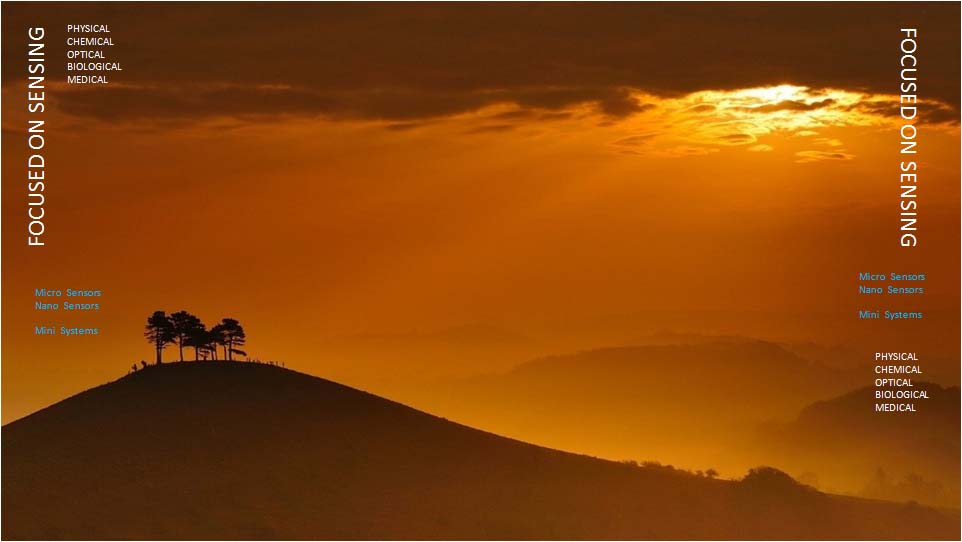










Waddan Systems employs wide ranging technologies derived from modern physical and chemical sciences to develop its products. These can be broadly divided into four categories as follows:
Most of Waddan's devices are micromachined sensors either bulk micromachined or surface micromachined or micromolded or laser machined or a combination of these methods. The sensors produced are used to measure physical, chemical, fluidic or biological variables. Passive devices just need power to produce an output when subjected to an input, whereas active devices also incorporate additional control electronics along with the power to produce an output. More>
Waddan prepares masks based on its device design to process sensors at Waddan Systems. It also supplies professional quality masks to customers for intermediate or post-processing for external work. The company has extensive photolithography experience, and understands the factors that influence mask-to-mask registration. Three different types of masks are fabricated depending upon the mask usage:
Most of our sensors are closed loop active devices with internal pick-offs, stable servo control loops and rebalance circuitry. The pick-offs may be capacitive impedance bridges detecting changes down to atto farad levels or optical configurations or tunnel diode configurations. The controlling actions are generated by complex and stable PID circuitry. The bandwidth and speed of response dictate the use of mostly analog electronics in these servo loops. Beyond the sensor output, the electronics employed is mostly digital, but can be of a mixed mode. On the simpler side this could be based on a low power and low component count design, where the processor, flash memory, I/O ports, AtoD, DAC and wireless transceiver are all in one chip. On the complex side the design may include a multi-core processor, several GB of RAM and flash, and a bunch of dedicated peripherals. Thus, our electronics products range from simple analog servo loops for sensors to complex application specific digital electronics with DSPs and small footprint SMDs as glue electronics.
In its systems, the company employs mostly its own sensors. If a commercial-of-the-shelf (COTS) item meets the specifications (function, size and power), it is incorporated in the systems being developed. When a commercial PCB manufacturer cannot meet the tolerance requirements, PCBs are produced in-house meeting those tolerances. Most of the current systems run on 5 Volt DC; except the remote devices which are built to operate with a small wrist-watch size battery. The choice of mechanical mounting and electrical interfaces are usually specified by the customer--that may include USB, Ethernet (wired or wireless), other serial and parallel ports, optical I/O, touch sensitive video, audio etc. Future systems will include power harnessing capability. More>
Waddan has been developing software for in-house computer-aided design needs and analysis since its inception. Every project begins with a dedicated computer package that ties all technical aspects together - basic outline, goals and specifications related to the final product, design and analysis iterations, sizing and packaging, predicted performance, tooling design fabrications, processing & fabrication, in-process evaluation and testing, component level testing, firmware, calibration, system level apps. Small footprint customized Linux OS (embedded Linux) is used in all product and systems. Customers may request additional options and modifications of the software delivered with the products. More>
Click one of the following Slide Show buttons for related slides:
